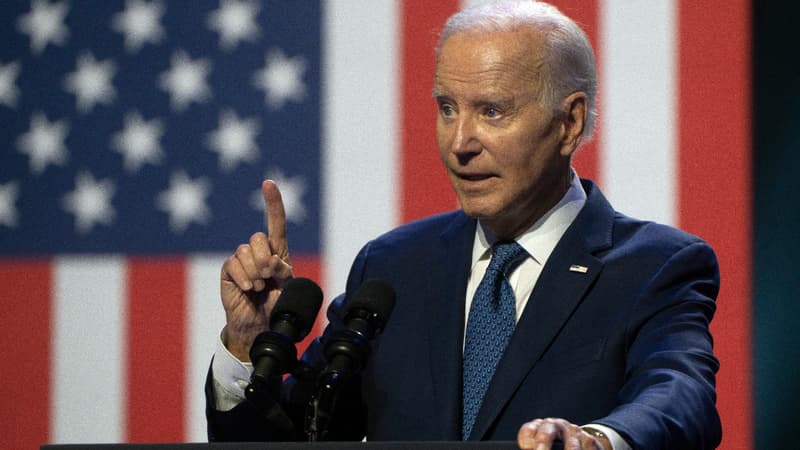Joe Biden will present on Friday the seven regions of the United States that will become “hydrogen centers” and benefit from large investments, a wish of the Democratic president to stimulate the economy thanks to green energy before the 2024 elections. West Virginia , Texas, California, or even a center that includes Minnesota and North and South Dakota: seven regions have been chosen, some of which will play a key role in the presidential election.
Joe Biden will deliver a speech on Friday in Philadelphia, Pennsylvania. The seven winners, announced Friday morning in a press release, were competing for their share of the $7 billion in funding provided for by the large infrastructure law approved in 2021. The goal is for these poles to produce nearly three millions of tons. of clean hydrogen per year, or a third of the US production goal for 2030, the White House said. The Democratic president, who is neck and neck with Republican Donald Trump – his likely rival in the race for the White House in 2024 – has made green energy a key element of his economic plan, nicknamed “Bidenomics”, aimed at reactivating American industry and economy. creating jobs.
Going from “gray” hydrogen to “blue” and “green” hydrogen
The investment will finance large-scale hydrogen production, pipelines to transport it and help industries and companies adapt to the use of this fuel. Two of the states affected by these hydrogen hubs, Pennsylvania in the Northeast and Michigan in the North Central, were swing states for the 2020 presidential election, when Joe Biden defeated Donald Trump, and will likely be swing states again next year.
Hydrogen is a renewable and storable energy vector. Joe Biden has pledged to increase production capacity from low- or zero-carbon sources, known as “blue” and “green” hydrogen. Blue hydrogen is produced from natural gas in which carbon dioxide from the manufacturing process is captured. Green hydrogen is produced from renewable sources. American hydrogen production already weighs about ten million tons a year, or about 10% of the world’s volume, but most of it is so-called “gray” hydrogen, produced from natural gas without capturing CO2 emissions, so which is polluting.
Source: BFM TV


